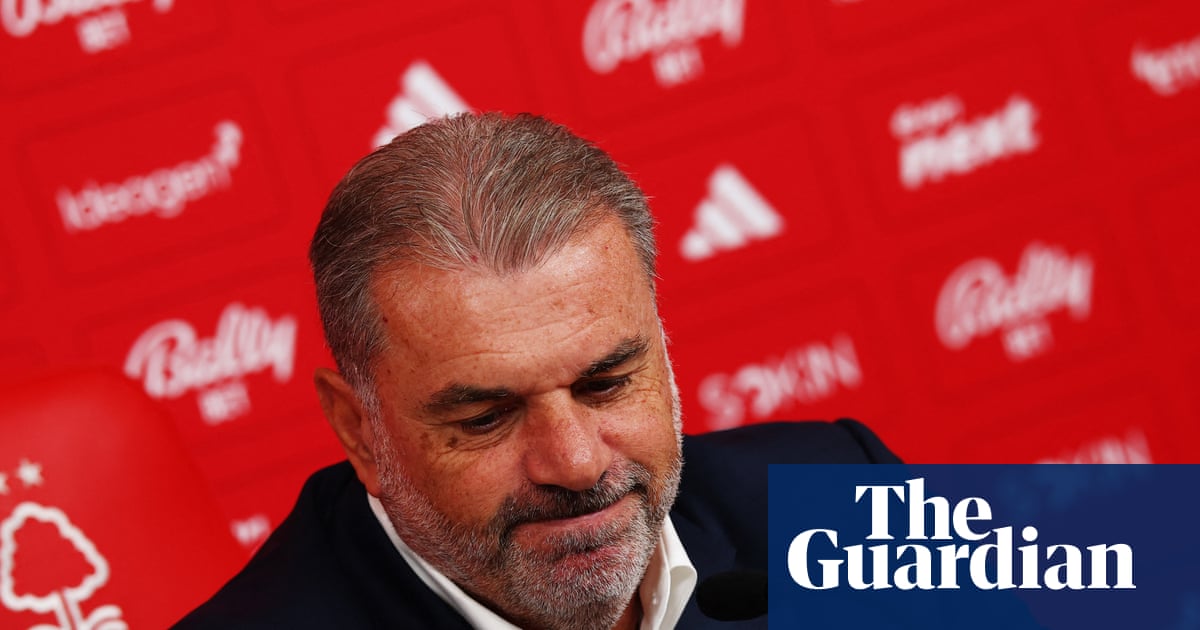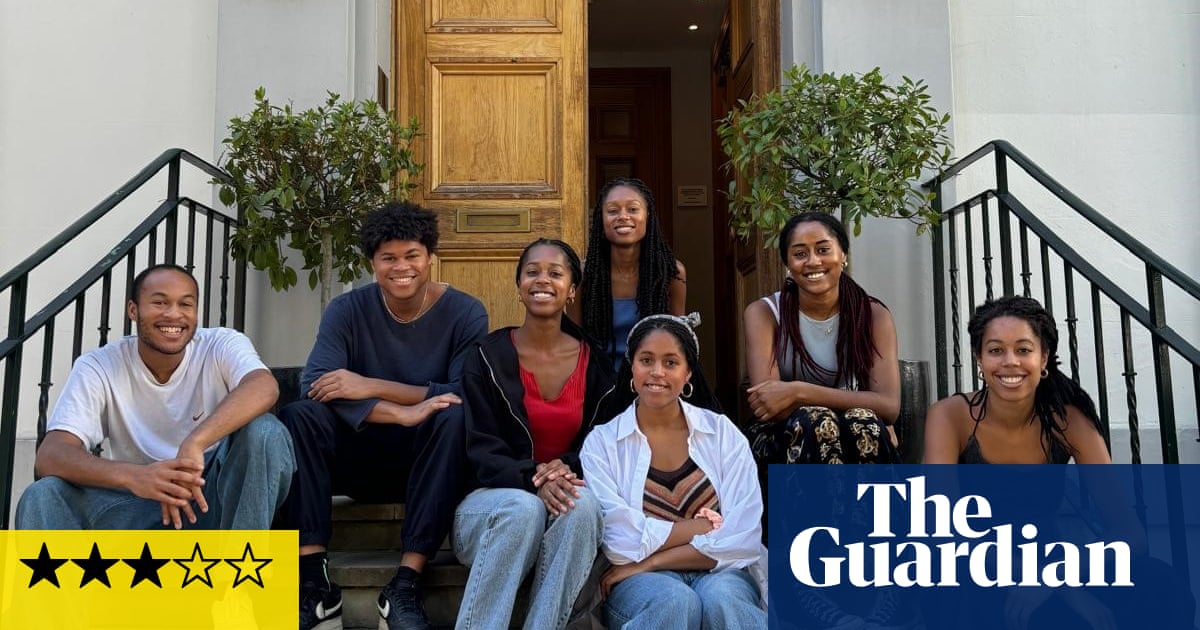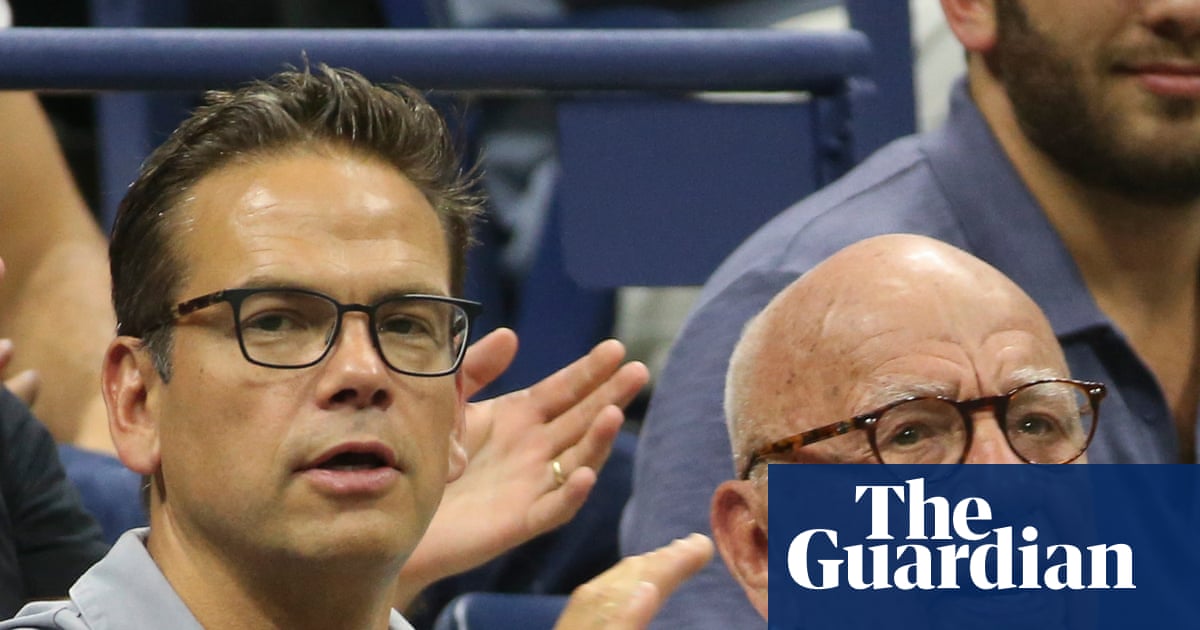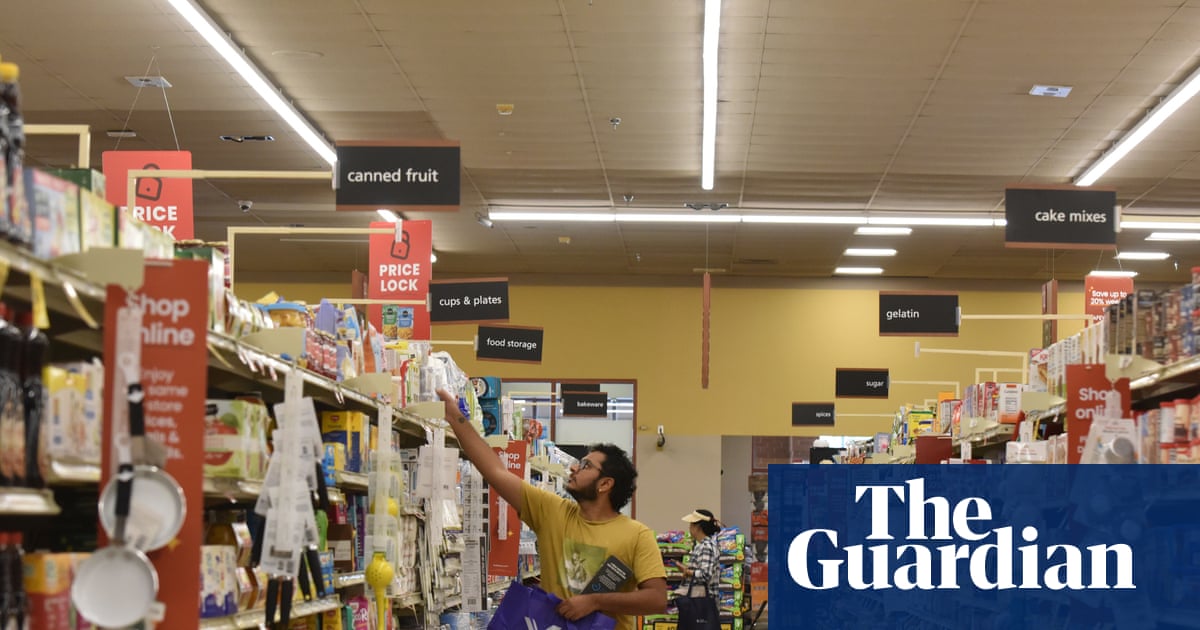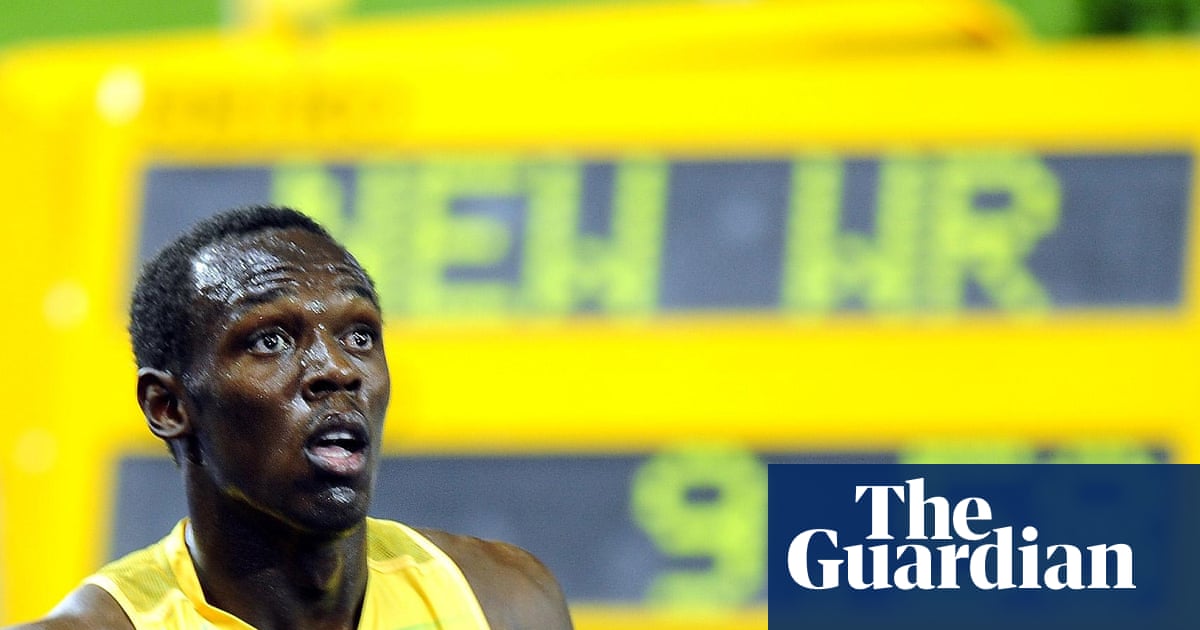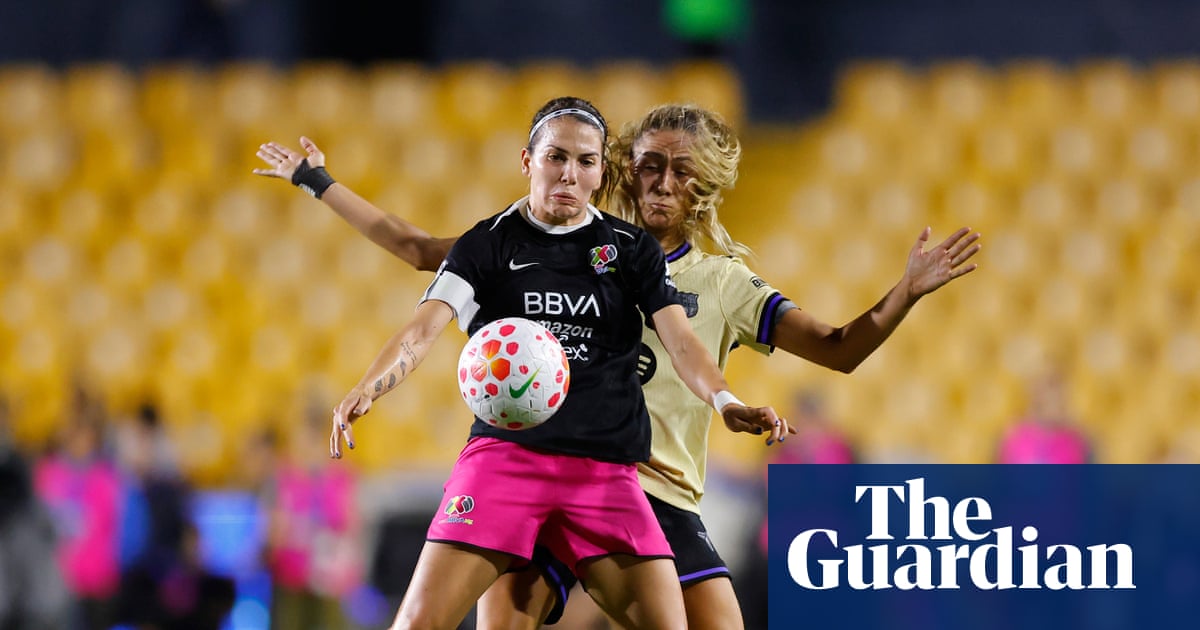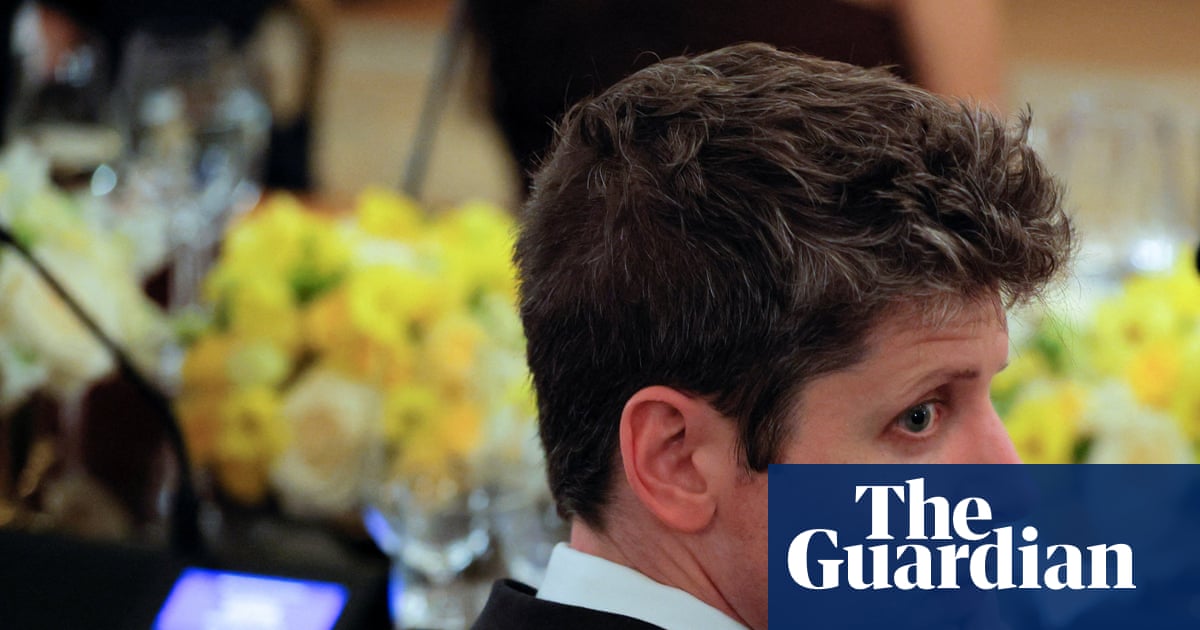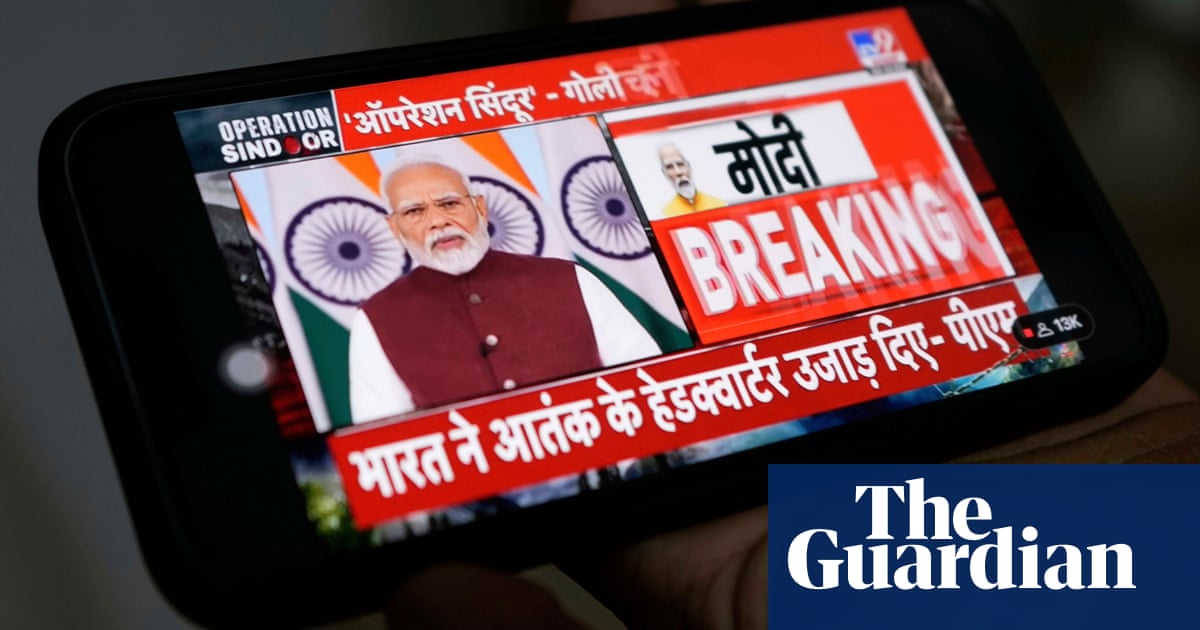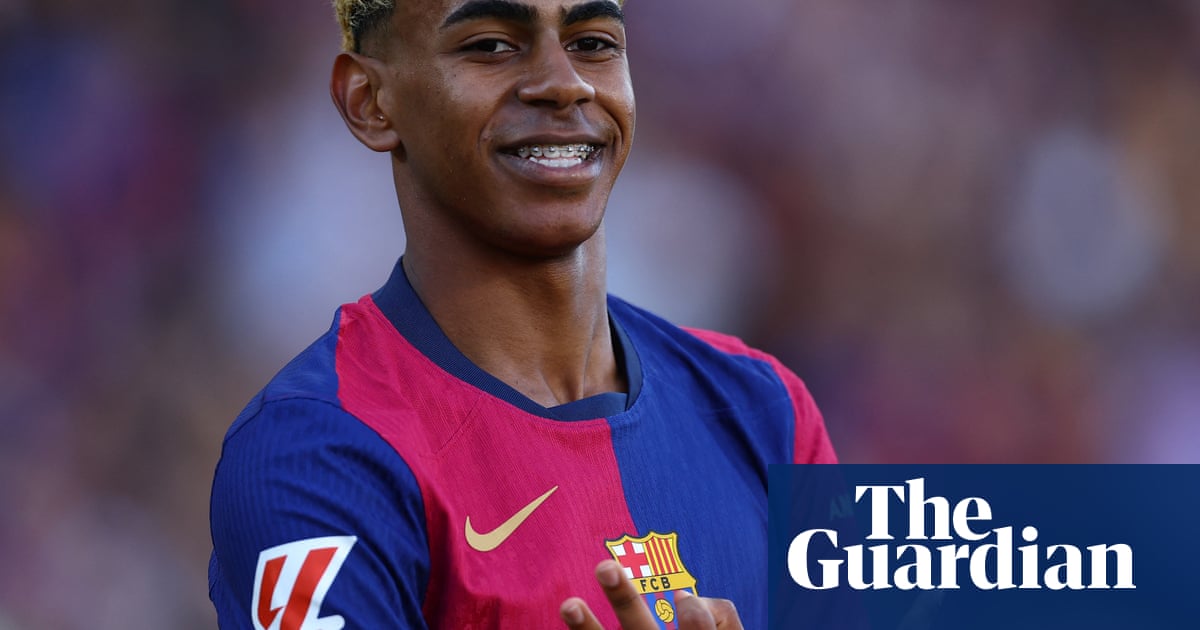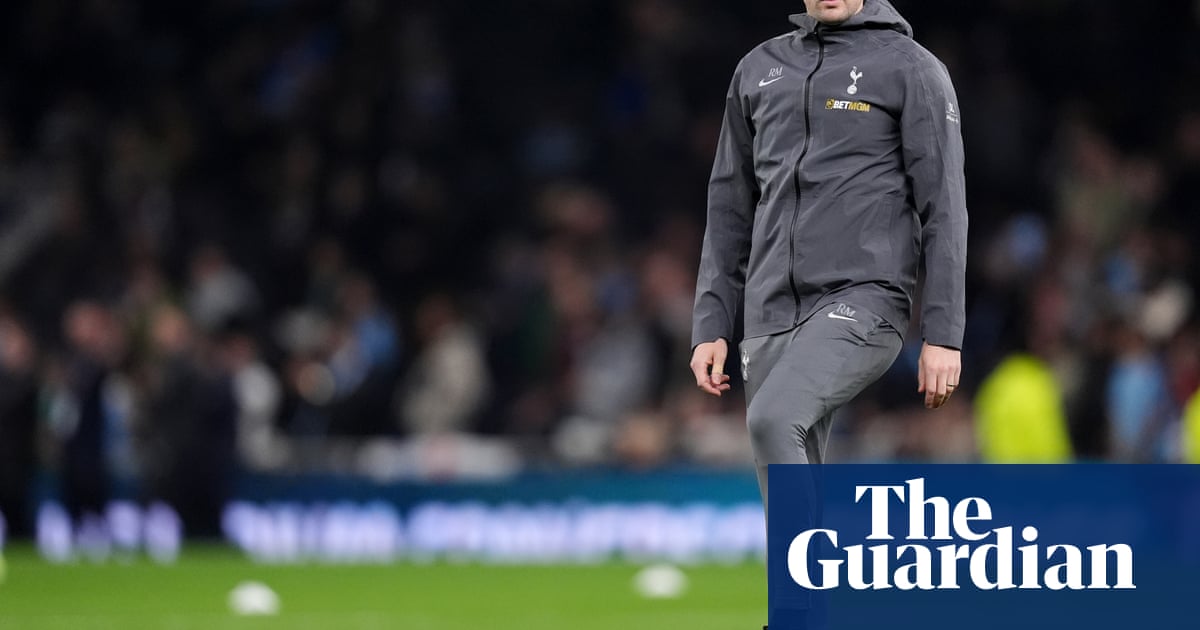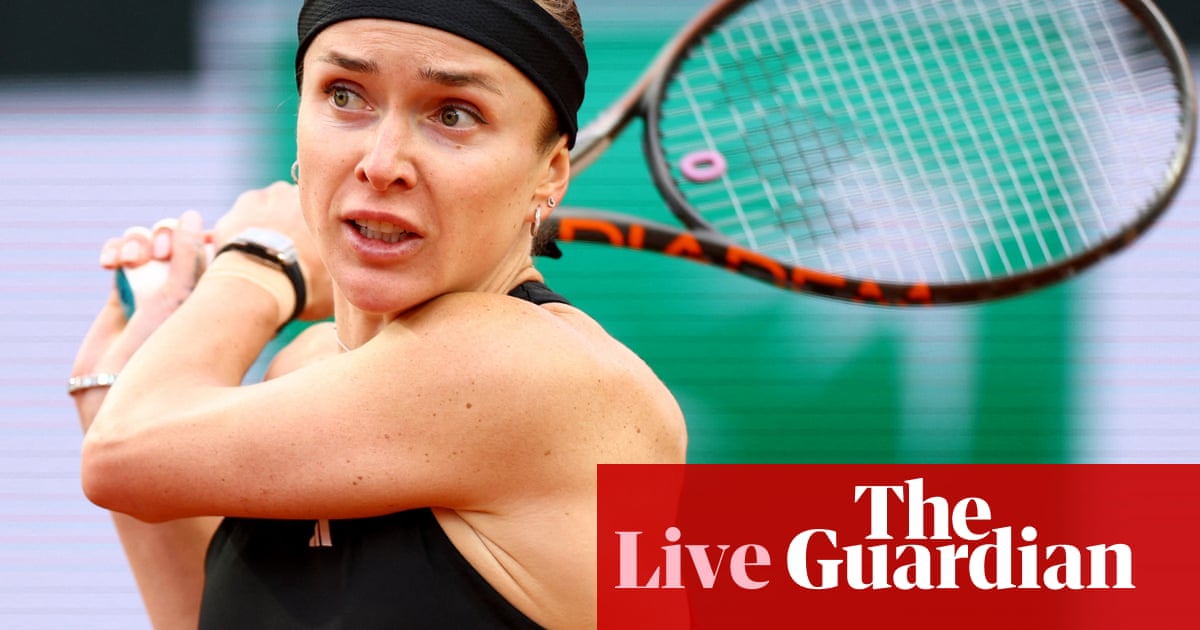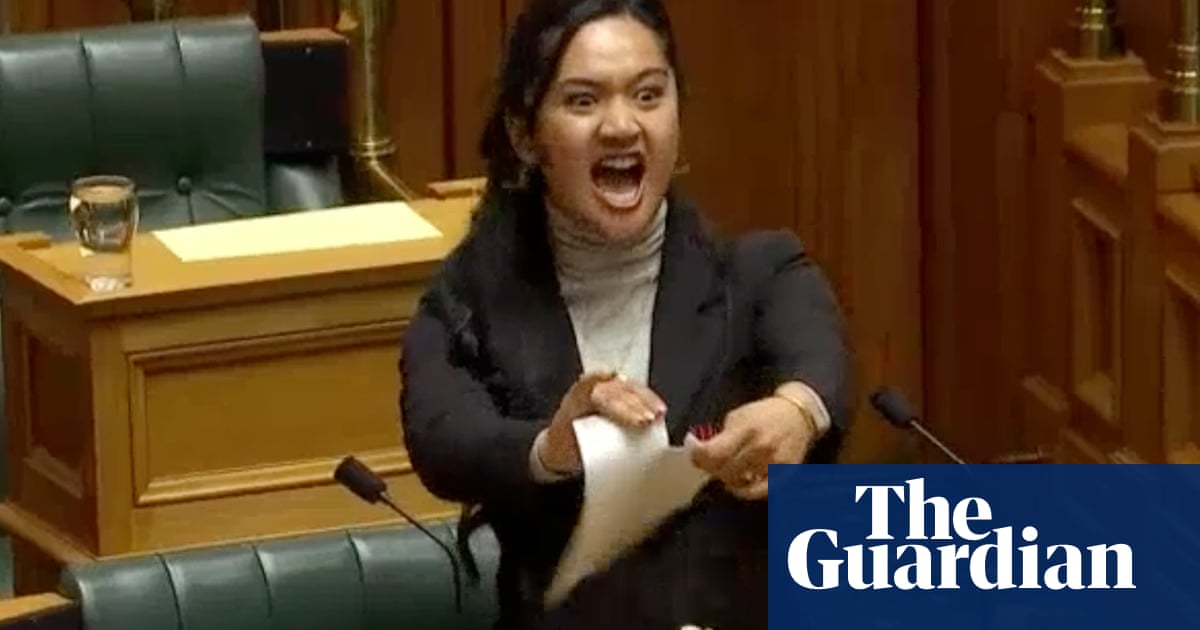There are rolling substitutes, you cannot be offside and smoke cannons erupt from behind the goal when you score. Women’s football’s newest competition, with its $5m (£3.7m) prize pool, is highly lucrative for the teams involved but is not taking itself too seriously. Perhaps that will become its greatest selling point, as this end-of-season party on the Portuguese Riviera seeks to show that women’s football can thrive if it is different.
There has been no patient buildup and nobody is sitting deep in a low block; it is just attack after attack. In simple terms, the first day at World Sevens Football felt like a throwback to what sport is supposed to be about: fun.
“I think we took the game a bit more seriously at the beginning than Manchester [United],” the France and Roma defender Hawa Cissoko said after her side’s 3-2 loss to United. “I was really sad it was only one game today – I could play all day like this. We are here to have fun on the pitch. This kind of tournament, we are doing this when we are kids, whereas as an adult you don’t do tournaments, so now it makes me feel a bit like 10 years ago or even more, and that’s so nice.”
It did not take two minutes for the first goal to be scored, by the skilful Manchester City winger Aoba Fujino, in their 4-0 win over the Swedish club Rosengård. Fujino and her Brazilian teammate Kerolin appeared to find the small-sided format right up their street, as flair, pace and balance proved to be a player’s most valuable asset. On the first day, there were 18 goals in four matches. The stadium, rapidly constructed inside one half of Estoril’s Estádio António Coimbra da Mota, about half an hour west of Lisbon, is small but stylish, largely focused on the viewing experience for VIPs sipping drinks pitch-side. Flags bearing the crests of the eight participating clubs flap in the wind rushing in off the Atlantic coast.
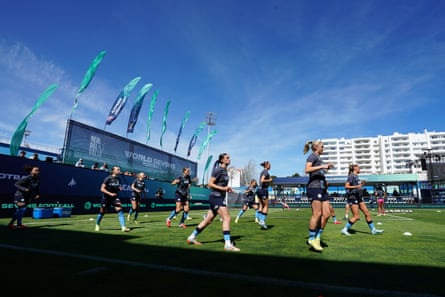
“Everyone is like: ‘OK, we like these vibes’,” Kerolin said. “It’s a little bit Brazilian, I think. I like the ginga.” City’s head coach Nick Cushing said: “There’s attack in every moment of the game. It’s new, it’s exciting, it’s the way we believe the game should be played … You can see by the way the organisers have picked the rules, it’s to force attacking moments in every instant.”
With music blasting out from the speakers every time there is a corner and players introduced one by one as they walk out individually, there is an exhibition-match feel, akin to the increasingly regular tournaments that feature retired players. But the big difference here is that the players turning out for the clubs, also including Bayern Munich and Paris Saint-Germain, are professionals in their prime.
There can be no denying they have been attracted for financial reasons. The winners get $2.5m, the runners-up $1m and getting to the semi-finals would represent a major proportion of any of these women’s team’s annual revenues. It is being funded largely by Jennifer Mackesy, a part-owner of the NWSL club NJ/NY Gotham FC, and the organisers have committed $100m over five years, with the series continuing in North America this year with different teams.
This debut event is by no means perfect. The attendances have looked low, in the hundreds each game, which is perhaps to be expected. When Portugal hosted England for a Women’s Nations League fixture in February, the attendance was 3,221. This is not a hotbed for women’s football, albeit the organisers are trying to help change that, with just under 100 local young girls getting a training session with the player advisers Laura Georges, Tobin Heath, Kelley O’Hara, Anita Asante and Caroline Seger on Thursday.
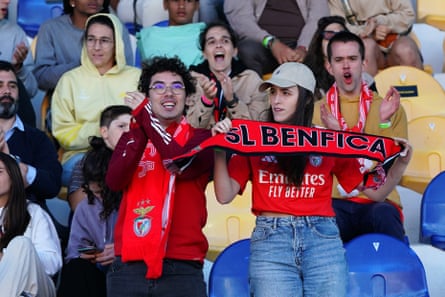
The atmosphere was, at times, strangely quiet mid-match, without much chanting, although that did change when Benfica played in the final fixture on Wednesday evening and the locals became much more actively engaged. The venue was largely chosen because of its proximity to Saturday’s Women’s Champions League final in Lisbon. The other criticism thrown at this event on social media is that it supposedly represents an injury risk to players before July’s Euros, but the players and coaches who are here are adamant that has been considered carefully and that the format has reassured them.
after newsletter promotion
“We would only be doing this in training all week anyway; we would all have just been doing small-sided games,” the Manchester United and England midfielder Grace Clinton said. “For us, this is a probably better outcome and gives us more fitness.”
Emilia Larsson of Rosengård, who felt the lack of an offside rule made the games feel like “almost a different sport”, said: “I don’t think the load on the game is much higher than a training week at home in Sweden. I know you can be injured during training so I don’t see that big of a difference.”
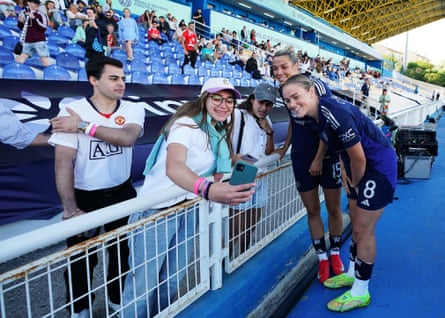
There are certainly huge variations in tactics. Some teams appeared to deploy a 1-3-2 formation, others opted for 2-3-1 and some 2-2-2, and some attempted zonal marking, to lesser effect. Bayern made a particularly impactful and inventive use of the rolling substitutions by swapping all six of their outfield players before taking a corner, causing confusion in Ajax’s defence. Bayern promptly scored and celebrated gleefully as if that had been planned all week.
As the sunshine, glistening on the white apartment blocks behind the stadium, set on the first day with an Eminem song reverberating around the stands, there was an optimistic mood, but whether this event can become a success will depend on aspects such as viewing figures on the broadcast coverage. The streaming platform Dazn has exclusive rights to this inaugural event. Its YouTube stream had 161,283 views for the first day, in addition to the streaming platform. A lot of eyes will be on those numbers as the women’s game waits to see if something “fun” can stay the course.

 3 months ago
42
3 months ago
42

